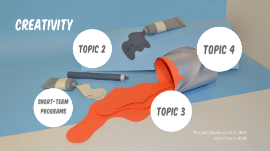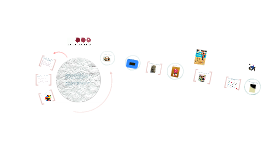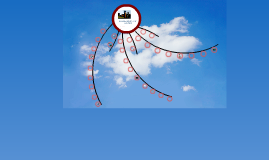NUS
Transcript: *The following databases need to install a client program can access. Details can be found Database Client Installation Guide home page. The online version of the Ming and Qing Record Four Series electronic version The orthodox Daozang online edition Chinese ancient stone materials documenting the full-text version The collection of the NUS Libraries is rich and diverse, especially in terms of the breadth and the depth of coverage. The collection encompasses subjects in architecture, building and real estate, the humanities and social sciences, business, law, medicine, dentistry, science, engineering and technology. The NUS Libraries aim to encourage and support both the scholarly pursuits and the practical research activities of NUS staff and students. A full range of services is provided in each library, including loan, online renewal and reservation, inter-library loan, reference, online information search, document delivery, photocopying, viewing of audiovisual and microform materials. NATIONAL UNIVERSITY OF SINGAPORE About NUS Libraries Ma. Leah N. Leal BLIS - 3 Science Library Encyclopedias Indexes and Abstracts Streaming audio/video sources Naxos Music Library Naxos Video Library Apart from offering basic library services, the Central Library also provides: Information literacy Indexing of periodical literature for architecture, building, humanities and social sciences for PERIND. The National University of Singapore Libraries are a group of multi-disciplinary libraries which comprise seven libraries. The C J Koh Law Library is located at the Bukit Timah Campus while the other six libraries are located across the Kent Ridge campus: Central Library Chinese Library C J Koh Law Library Hon Sui Sen Memorial Library Medical Library Music Library Science Library The Library provides reference and information services, user education programmes and conducts library tours and tutorials. Library members are welcome to request library tours. The Hon Sui Sen Memorial Library collection comprises printed books, current journals, bound journals, and electronic resources (E-Book and E-Journals). Resources: The Medical Library serves primarily the: Alice Lee Centre for Nursing Studies Division of Graduate Dental Studies Division of Graduate Medical Studies Department of Pharmacy Faculty of Dentistry Saw Swee Hock School of Public Health Yong Loo Lin School of Medicine In addition to the University students and staff, the Library is also used by hospital doctors, health-services personnel, general practitioners, medical officers of the Armed Forces and personnel attached to various government departments, official bodies and scientific organisations. Central Library is a multi-disciplinary library serving all NUS staff and students, primarily those from the Faculty of Arts and Social Sciences, the Faculty of Engineering, the School of Computing and the School of Design and Environment. It is the largest library in NUS. 1. Central Library The Chinese Library is located on the 5th & 6th floors of the Central Library. It collects mainly Chinese and Japanese materials to support Chinese and Japanese studies. The scope of the Chinese collection has been extended to include Chinese law, business administration and management. Chinese and Japanese materials on Southeast Asia and Chinese Overseas are also collected extensively. It is one of the largest library system in the country of special libraries. 2. Chinese Library Entrance Information desk - Journal Collection Link to Chinese Library Tutorials Reference Collection Japanese resources Books Collection (Call number A to Z) The Hon Sui Sen Memorial Library (HSSML) is a Special Library within the NUS Libraries. The Library was built in memory of the late Mr Hon Sui Sen (1916-1983), former Minister for Finance of Singapore (1970-1983), who was also the Member of Parliament for the Havelock Constituency (1970-1983). The Library collects and maintains a rich collection of management, business and finance books, journals, audiovisual materials and digital resources. 3. Hon Sui Sen Memorial Library Main entrance 3rd floor (NUS Business School Library 2nd floor (NUS Business School Library Medical Library is the oldest library in the NUS Libraries’ system whose origin can be traced back to 1905 when the Straits and Federated Malay States Government Medical School was set up. The scope of its collection includes biomedical subjects, dentistry, medicine, nursing, and pharmacy. 4. Medical Library The Music library is situated on the ground floor of the Yong Siew Toh Conservatory of Music building and it is the youngest of all NUS Libraries. It opened in July 2006. Our collection is focused on western art music tradition. As at June 2011, there are over 7,000 books, 22,500 music scores, 10,100 CDs, 1,100 DVD titles and 170 journals. There are state-of-the-art listening and multimedia viewing stations as well as computers in the library. 5. Music Library Science Library opened its

















